I’ve been unsettled by recent pictures in the media. The unfolding events between Russia and the Ukraine with the mention of place names like Kiev and Sevastopol remind me, and many others I’m sure, of a much older conflict. That is the Crimean War, which lasted from October 1853 to February 1856.
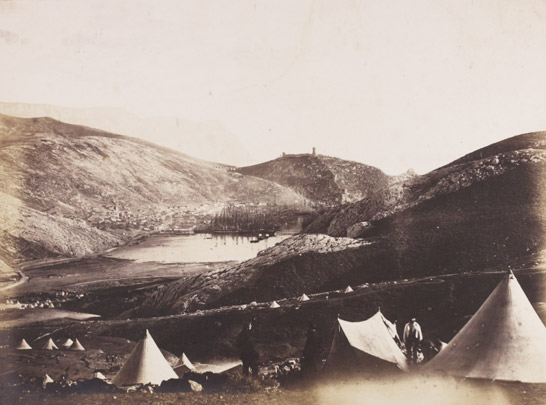
The Crimean War of the 1850s was caused when Russia moved southwards into Crimea to gain control of the warm water ports of the Black Sea which didn’t freeze over in the winter, and were essential if Russia was to build a strong navy and benefit from all year round international trade.
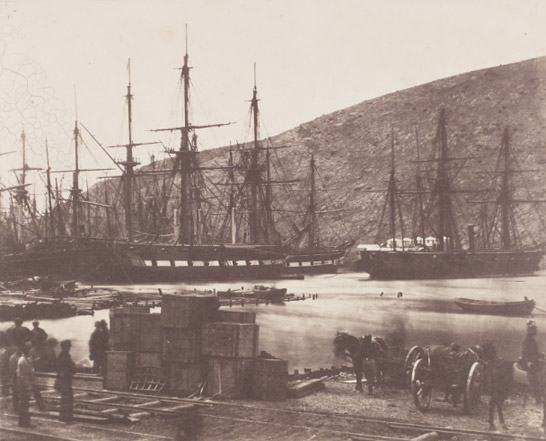
But that move into Crimea brought Russia into contact and conflict with Ukrainian Cossacks and Tartars.
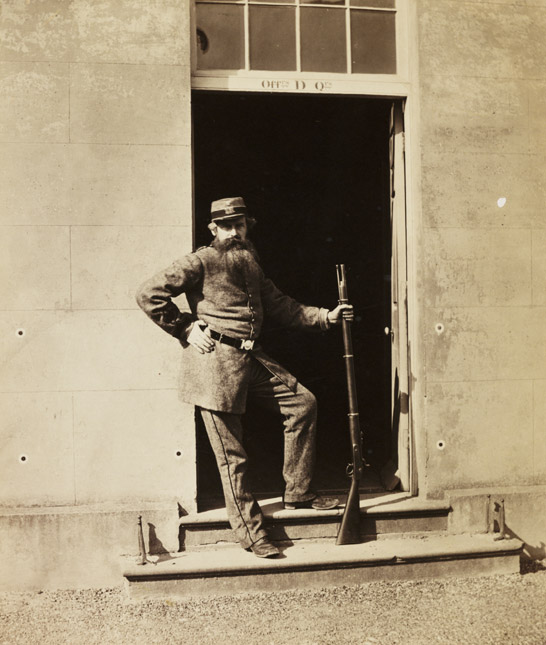
Eventually, western European countries including Britain became involved. The resulting war was photographed in 1855 by Roger Fenton (1819–1859).
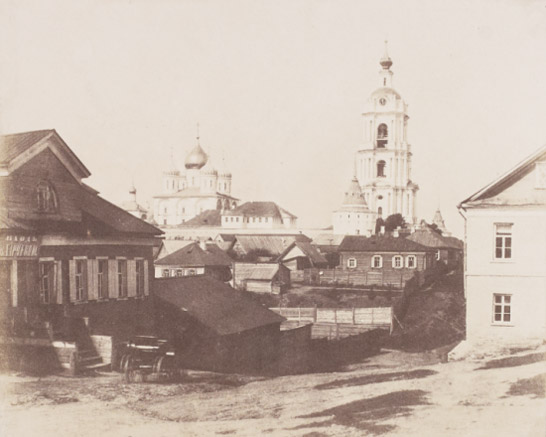
It was the first time the camera had been allowed into the field of battle. The photographic results of Fenton’s endeavours shocked the British public when they were published.
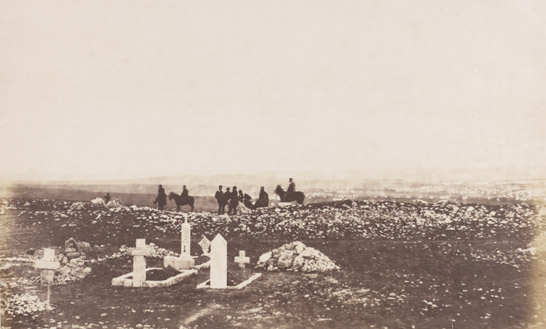
When I get home from work I turn on the TV to find out the latest developments. Journalists’ reports are peppered with statements telling us that the root of the current situation between the Ukraine and Russia can be traced to the Second World War. One TV anchorman was so bold as to cite the fall of the Ottoman Empire in the early 20th century as an historic source.
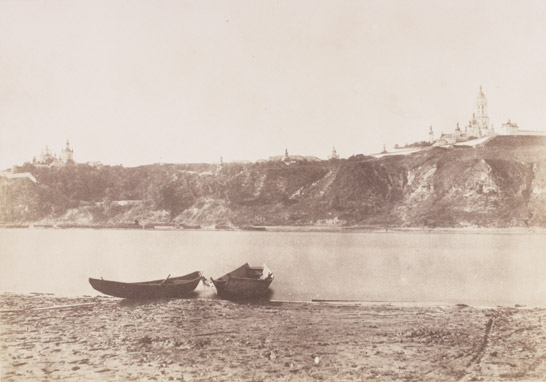
All of this is true, but Fenton’s photographs show that the divide goes even further back. Lately, when I watch a journalist report from Crimea, I listen to what they’re saying but my eye might wander to the landscape in the distance and I’m reminded of some of Fenton’s Ukrainian and Crimean photographs.
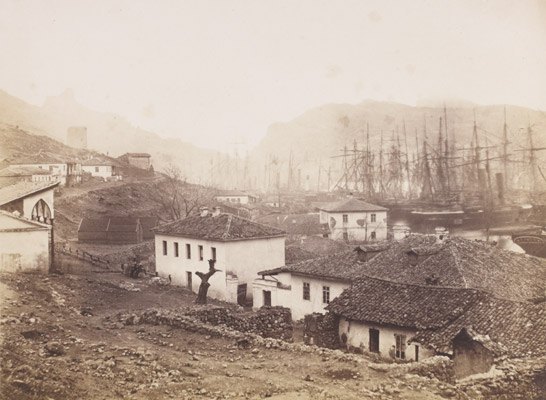
I suppose some things, such as human conflicts, are not quite as old as the hills. They have been here long before us, and will be here long after we’ve gone.
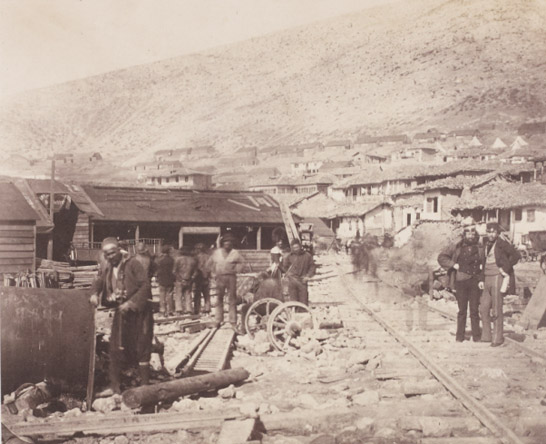
Hello could you please assist me in looking for images of the following ships of the Crimea. Could you also let me know what the H T stands for
H T Wilson Kennedy
H T Mary Anne
HT Shooting Star
HT Madora
H T Echunga
Thank you
Edward
photo “The Genoese Castle, 1855, Roger Fenton ” is actually called “Great Pecherskaya Monastery, from the north side of the Dnieper, Kiev”, Fenton took this photo in 1852.